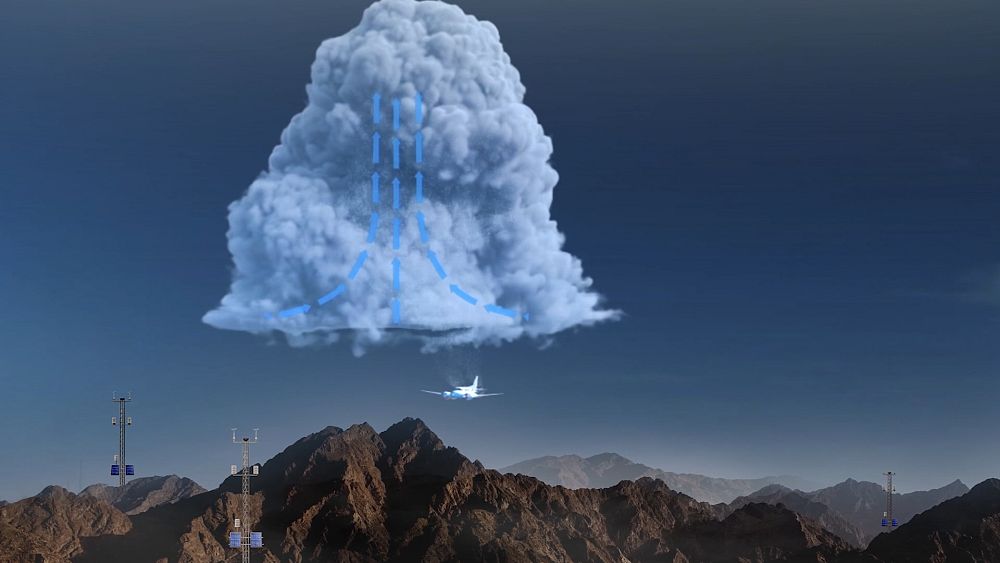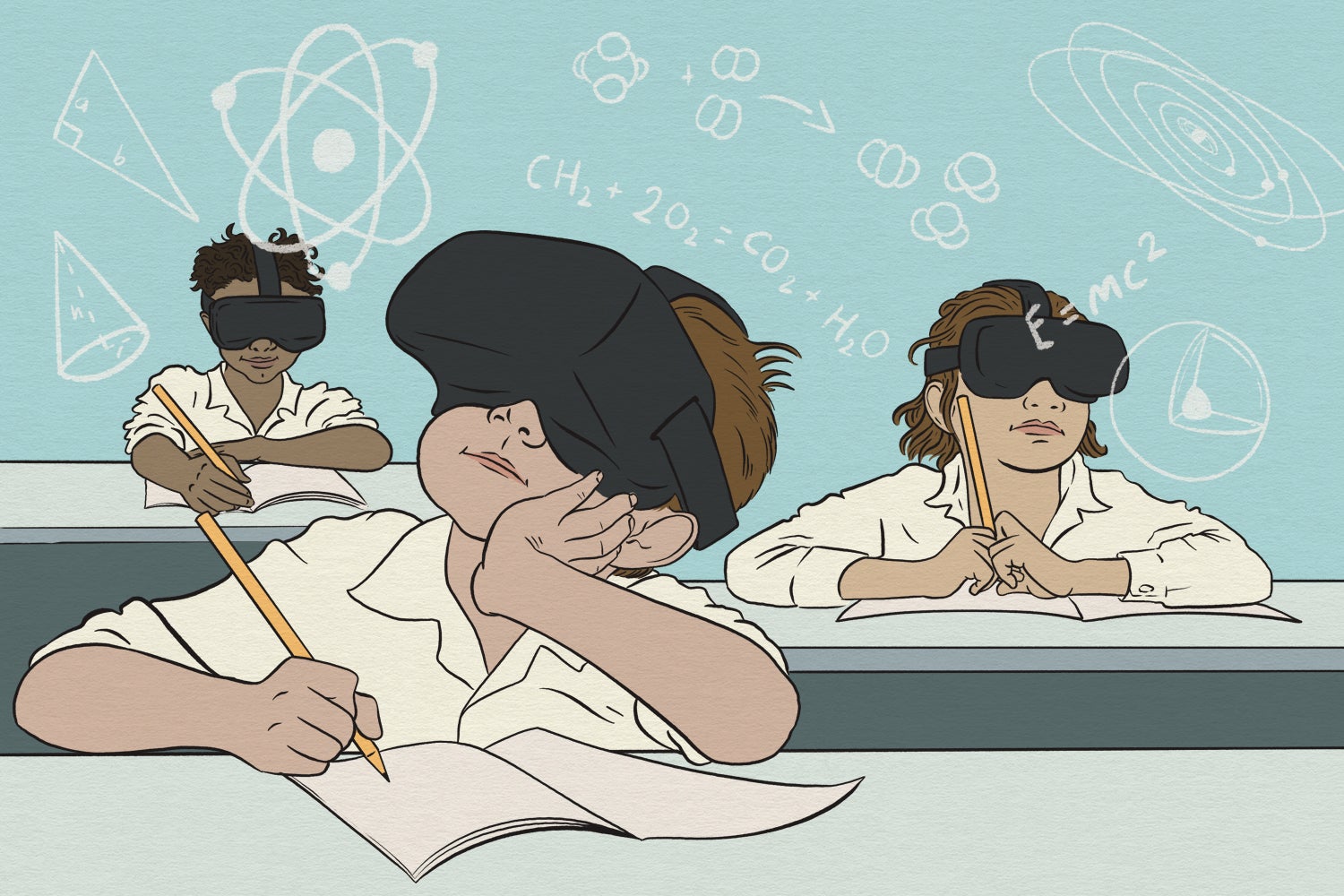By 2025, two-thirds of the world’s population may face water shortages. From adjusting the weather to pulling water from thin air, innovative technology is being used to help find a sustainable supply of drinking water for the world.
Dubai is located in one of the most arid regions in the world. The city’s growing population is increasing water demand and fuelling the development of new water-sourcing technologies. One of the most unique kinds of technology being developed is for cloud seeding.
What is cloud seeding?
Cloud seeding is a weather modification technique that improves a cloud’s ability to produce rain.
Before a plane takes to the skies, forecasters must select the correct cloud to seed. The process will only work on cumulus clouds because of their internal upward draft. Pilots position their planes at the bottom of the clouds draft and ignite flares loaded with hygroscopic salt particles.
As the sodium chloride and potassium chloride particles rise up into the body of the cloud, they attract minute water droplets. These water droplets combine and increase in size, causing them to fall from the sky due to their weight.
In regions that experience little rainfall each year, this is a valuable source of water that requires minimum energy usage. One hour of cloud seeding can return up to 100,000 cubic metres of water.
More than 50 countries around the world are currently cloud seeding. This process is not only used to increase rainfall but it is also used to reduce the size of hailstones in colder regions. Hail suppression can dramatically mitigate damages caused by thunderstorms.
Turning seawater into drinking water
In desert landscapes with few lakes or rivers, inhabitants look to the sea when sourcing drinking water. Currently, the seaside city of Dubai gets more than 90% of its water from its coastline.
Using the process of reverse osmosis, large desalination plants can create extensive quantities of drinking water.
Vanesa Fernandez Membrillera, ME Management & Commercial Manager, O&M ACCIONA, explains why this process is so popular in the gulf region. She said, “The main benefit of this process is that our earth is covered with 98% of seawater.”
Plants such as the Jebel Ali Desalination Plant are designed according to the Dubai Integrated Water Resources Management Strategy with an aim to reduce water consumption by 30% by 2030.
Water from thin air
Drawing from the power of the sun, Hydropanels can produce drinking water from the moister in the air. Water farms using this technology require no supplied energy, meaning they can be used off-grid away from existing infrastructure.
Sofia Berglund from SOURCE global explains how Hydropanels can be beneficial in polluted areas. She told Euronews that, “the only thing that we have in the water from the beginning, before mineralisation, is pure H2O. So no pollutants, nothing can get into the water.”
Founder of Manhat, Dr Saeed Al Hassan, explains how solar power in many parts of Europe can often surpass the solar power generated in desert climates due to rainfall in Europe pushing dust and sand particles to the ground and cleaning the air.
As the world’s population continues to grow exponentially, so will our water consumption. Innovations like this are vital to providing new ways of remaining hydrated.









